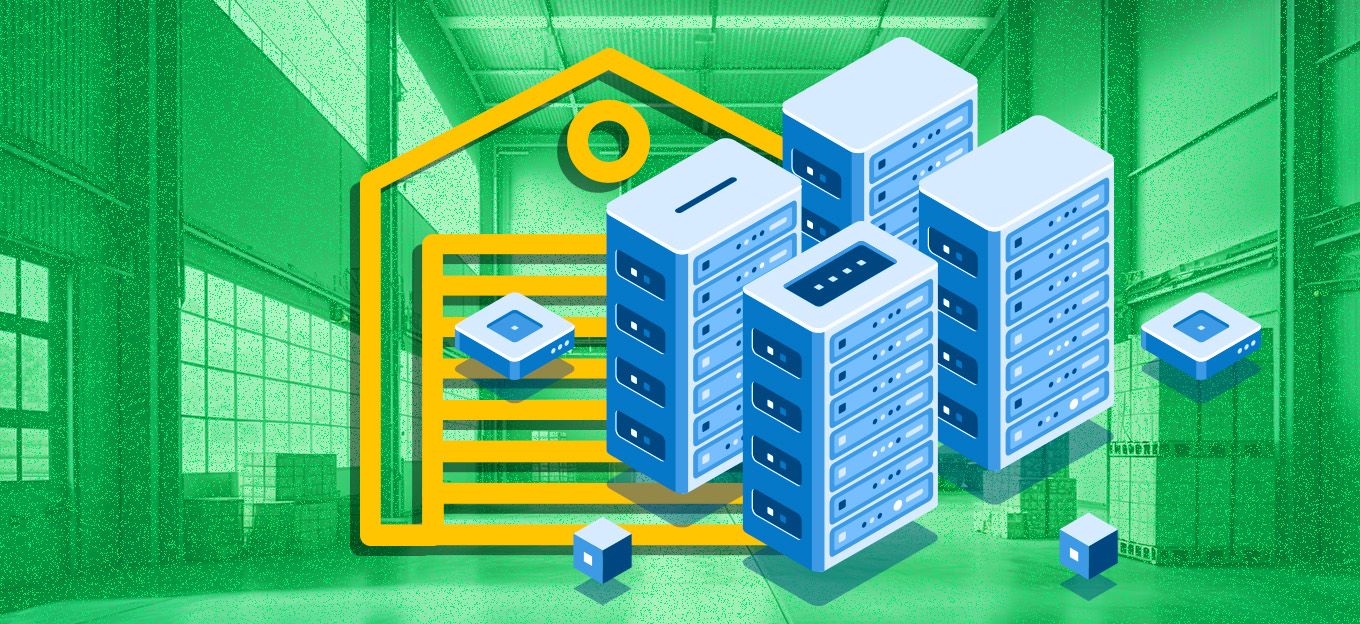Effective Tips To Build A Training Data Strategy for Machine Learning
Effective Tips To Build A Training Data Strategy for Machine Learning
- Last Updated: December 2, 2024
Shaip
- Last Updated: December 2, 2024



Processes in Artificial Intelligence (AI) systems are evolutionary. Unlike other products, services, or systems in the market, AI models don't offer instant Applications or immediately 100% accurate results. The results evolve with more processing of relevant and quality data. It's like how a baby learns to talk or how a musician starts by learning the first five major chords and then builds on them. Achievements are not unlocked overnight, but training happens consistently for excellence.
So, if you are working on an AI model intended to solve unique real-world concerns or fix organizational loopholes, you need to ensure the model keeps learning day in and out to ultimately become the best at what it is supposed to do.
Here are some effective training data strategies if you're eyeing to roll out an airtight AI product on the market or for your enterprise.
Training your Machine Learning (ML) model is an inevitable task in building AI models, and this is what most companies would refuse to talk about because it's not as fancy as cracking the Turing Test. However, we claim that The Turing Test can never be cracked without the right training data strategy. So, for those of you eyeing to roll out an airtight AI product in the market or your enterprise, here's an extensive write-up on effective training data strategies.
These are handpicked out of our personal experiences building and training ML models over the years.
Let's get started.
Develop A Data Training Budget
Before you estimate the amount of time you would spend on building your model, you need to decide on the amount of money you could invest in training your model. This will help you get clarity on two aspects:
- the type of data you would need for your model or vision
- the number of training items or data touchpoints you would need
Like we mentioned before, AI models tend to be evolutionary in nature, and that's exactly why careful planning is mandatory before you take a giant leap into building ML models. Having a budget lets you keep track of your vision's plausibility and bring you back whenever you tend to deviate from your original idea. Budgeting is also crucial because, depending on your product idea, your datasets could require frequent updates (weekly, quarterly, or monthly) for precise processing and training.
Ideal Data Sources and Quality
The performance of your ML model and the quality of its results depend on two important elements – your data source and the quality of the data you source.
Depending on your AI project, you could source your data from public domains, surveys, social media tools, synthetic data, acquired databases, and more. If it's a model you're building for in-house or internal organization purposes, data could be siloed across departments and teams. Data engineers have to source data from teams, arrange or sequence it, compile it into a format that can be fed to machines, and more. All the data has to be put together and converted into a format that can be read by machines.
Now, let's talk about data quality. Most of the time, the data you obtain are raw and unstructured. Meaning, your models wouldn't understand the data when you feed it. To make them machine-comprehensible, they need to be annotated by experts.
Annotation, again, is a task that requires labeling and tagging various elements of data. This process of data annotation needs to be consistent and accurate throughout to prevent skewing of results.
For instance, in computer vision, training data would be images or videos. Annotators have to identify every element in an image to understand the differences between different objects and elements. This is crucial to ensure they work perfectly fine when they are deployed in self-driving vehicles. And we haven't even started about the importance of eliminating biases in your training data.
Adequate Processing Technology
Having large-scale ambitions alone is not enough. It would help if you had an ecosystem of processes, tools, and procedures that complement your ambitions. When you require super-precise results and the need to feed massive volumes of data for processing, you need an equally powerful tech stack to streamline the process and deliver results. That's when you need faster machines, a better tech infrastructure, expert data annotators (or a team), and more to get closer to realizing your ambitions through your ML models.
More Crucial Data Training Strategies
Apart from what we discussed so far, consider the following when training your data:
- Deploy practices and protocols that maintain the integrity of your data and the confidentiality that comes with it. Your source of data would often be from users, government or public archives, or user-generated data. In such cases, you need to ensure data confidentiality is maintained at all times. This is becoming increasingly crucial, with laws and legal authorities becoming more particular about how companies handle personal data for diverse purposes.
- Format the data you have in hand to make it consistent. If you have multiple data sources, have a standard format of representing data values and stick to it for all your datasets. This makes way for the data consistency we touched upon earlier.
- Don't get overwhelmed and keep adding datasets after datasets. Follow procedures like record sampling, where you remove data with inappropriate, lost, or missing values. Attribute sampling is another way to cut down on datasets as well. The focus here is quality over quantity.
- Decomposing or breaking down your data into fragments can also help machine learning systems perform better. Instead of having one complex dataset, have fragments of simple datasets for faster processing.
Wrapping Up
While all the tech blogs and enthusiasts only talk about how cool having an AI model for your company is, how does it feel to understand what goes behind making an efficient AI system? Tedious, right?
That's why it's better to let experts in data training like us do the grunt job while you focus on other tasks like promoting or marketing your product and more. With specialists on board, you also ensure your model is completely airtight and functions the way it originally intended.
The Most Comprehensive IoT Newsletter for Enterprises
Showcasing the highest-quality content, resources, news, and insights from the world of the Internet of Things. Subscribe to remain informed and up-to-date.
New Podcast Episode

Moving Past the Pilot Phase in IoT and AI
Related Articles





